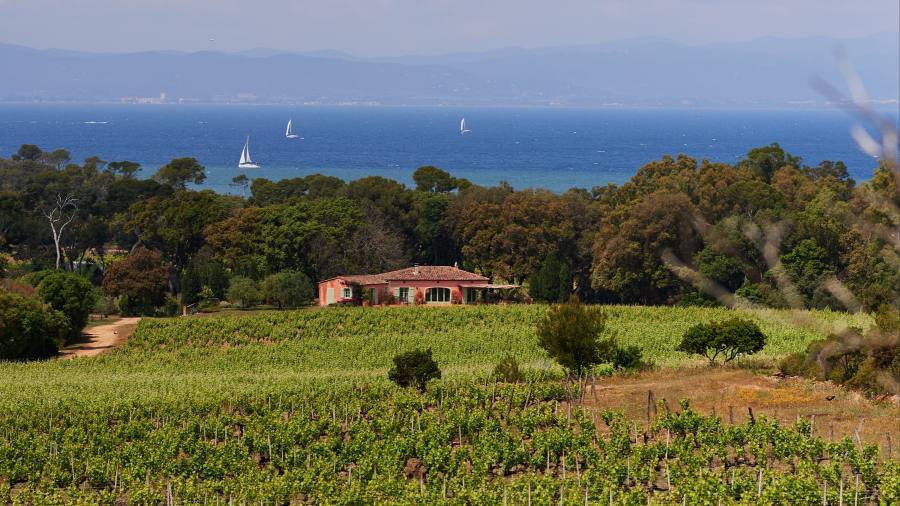
Receive free Travel updates
We’ll send you a myFT Daily Digest email rounding up the latest Travel news every morning.
Porquerolles is an island born of myth and magic, and the locals (fewer than 500 all year round, with numbers swelling with high-season holidaymakers and daytrippers) understandably proud and possessive of it. I arrive by water taxi, stripping off my London layers en route. The postcard-pretty port, silhouetted in morning mist, comes into focus as fishermen tether tackle to boats, and barefoot lovers squidge croissants into backpacks on their way to the beach, snorkels tied askew.
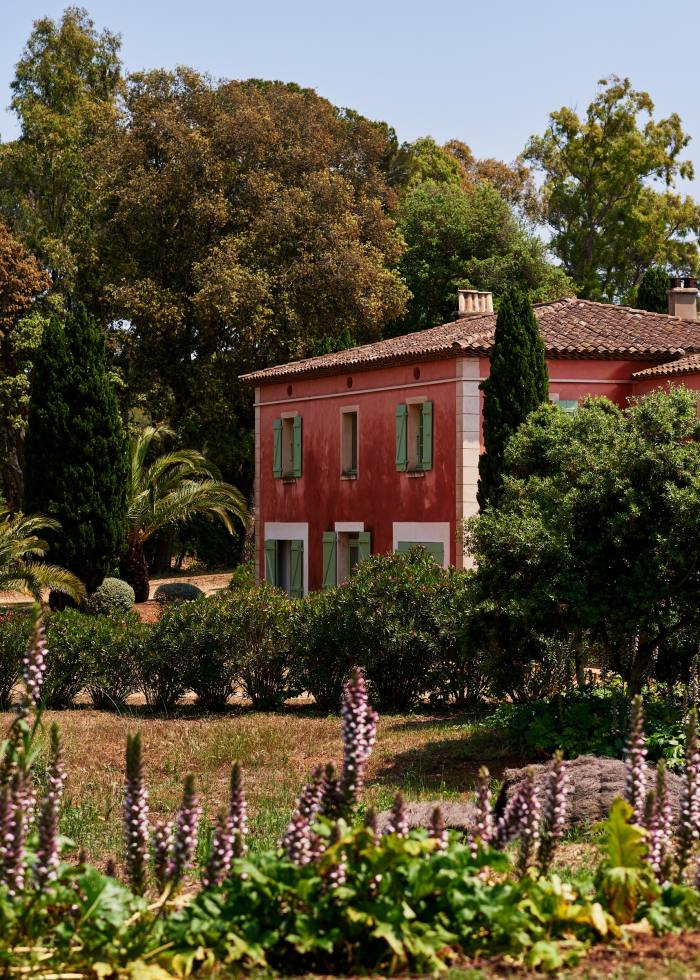
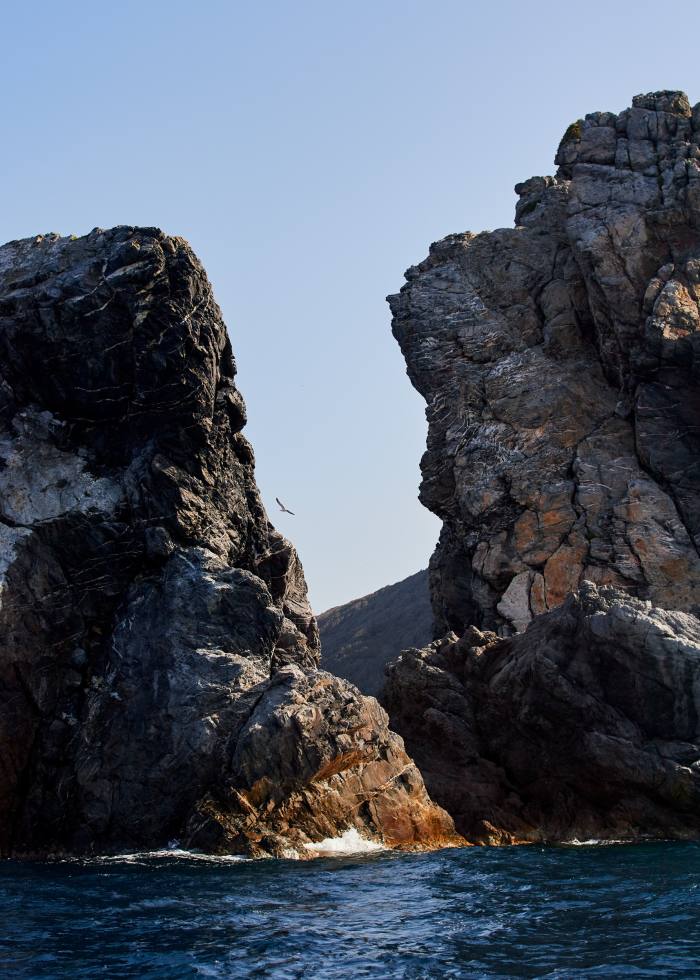
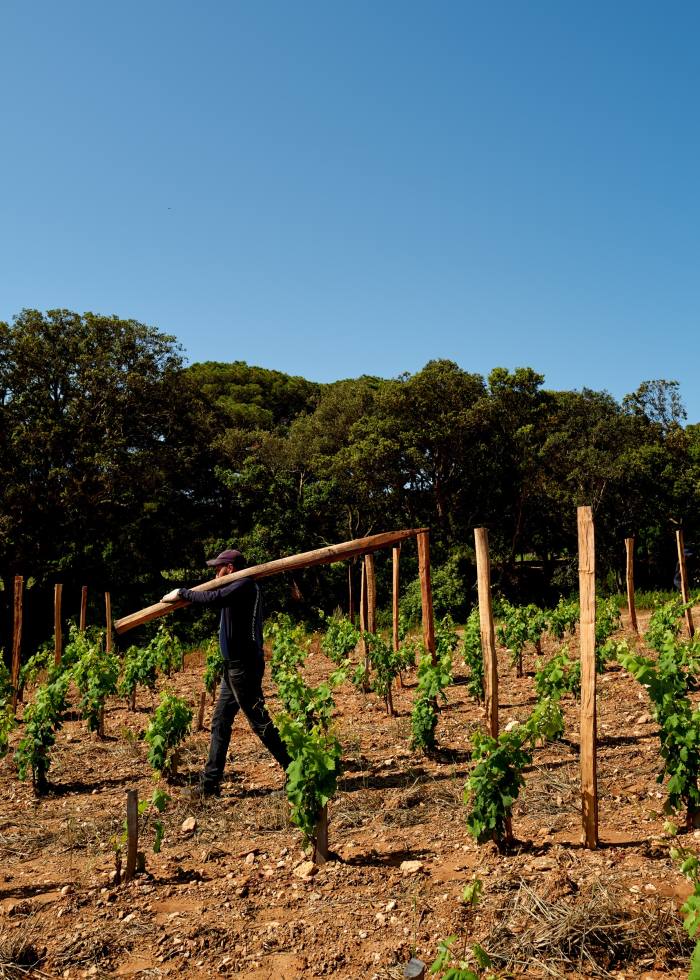
I’ve come close to here before, when visiting St Tropez, but still, the southernmost tip of the Côte d’Azur has always remained elusive, candyfloss cliffs fading into clouds. The largest of the four Îles d’Hyères in the Parc National de Port-Cros, Porquerolles has been strictly state-protected since the ’70s and thus a natural wild wonderland. It has long seduced artists and writers. Jean-Luc Godard filmed here with Jean-Paul Belmondo, while Edith Wharton wrote her poem, Mistral in the Maquis, observing the distant island from her château in Hyères.
Legends abound about Porquerolles – most famously, its (true) love story. The Belgian explorer François Fournier bought the island for his new wife Sylvia in 1912. “Do you want it…?” he asked amid their honeymoon explorations; subsequent family life at the Castle of Saint-Pré would make for an epic movie of its own. It’s hard to imagine that, when they moved there, there were no telephones and boats were called via smoke signals. Their dream of self-sufficiency and conservation, la belle aventure, survived them – likewise their nurturing of the precious island vines.
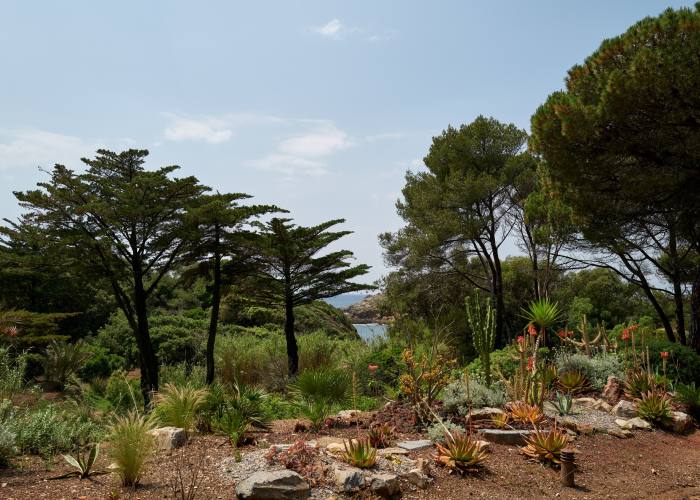
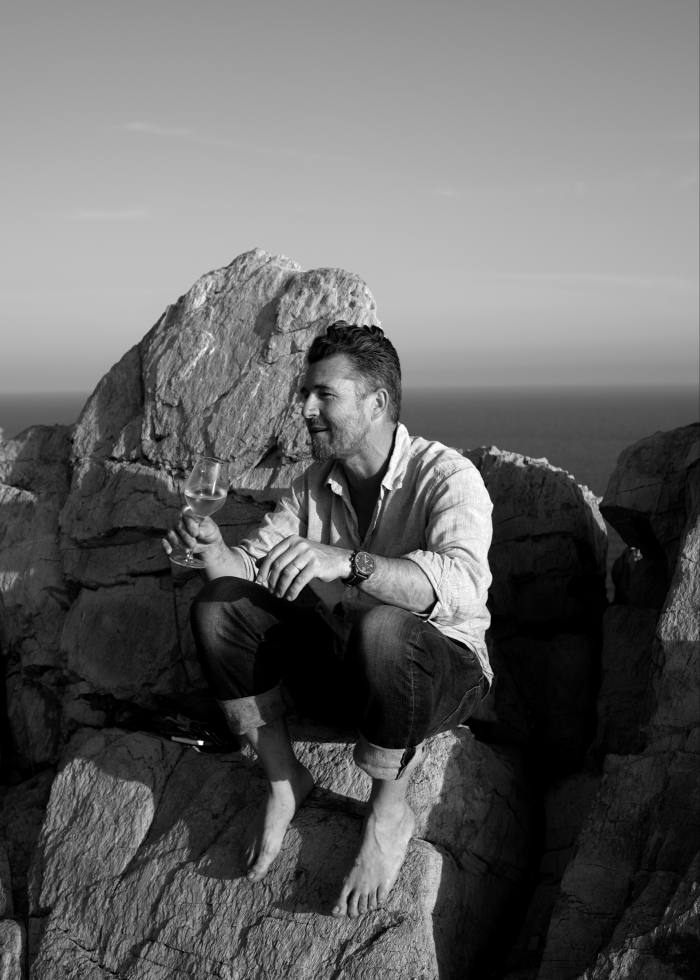
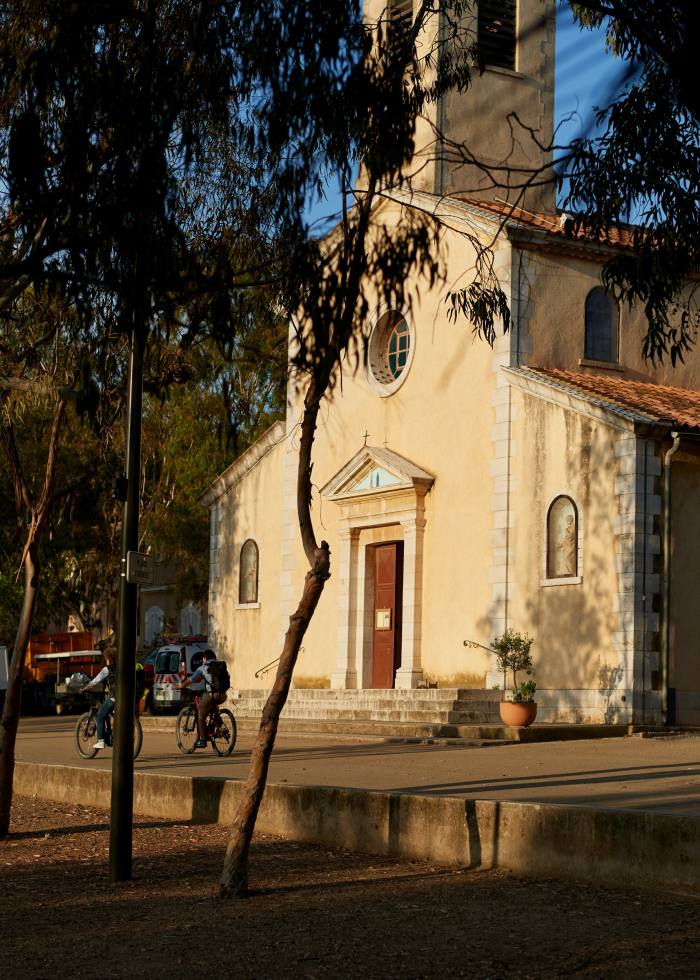
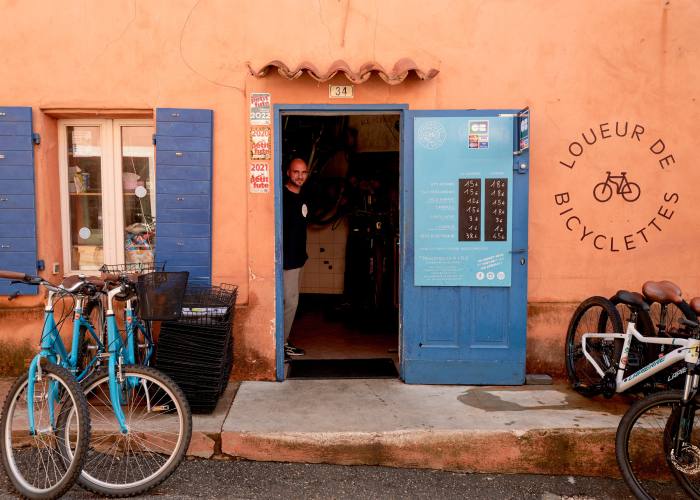
In 2019 a new chapter quietly began on the island with Chanel’s purchase of the family’s Domaine de l’Île vineyards, a deal made possible thanks to a shared expertise in (and passion for) traditional winemaking, and respect for the island’s heritage and unique conditions. The house first embraced winemaking when it acquired the Château Rauzan-Ségla, in the Bordeaux region, in 1994; Canon (in 1996) and Berliquet (2017) followed. The devotion to craft and tradition is akin to its Métiers d’Art patronage, where it supports and showcases fashion’s artisans. Most wouldn’t notice the tiny brand name on the back of the bottles; this is stealth long-term investment, a collaboration with world-renowned experts, the island and the islanders.
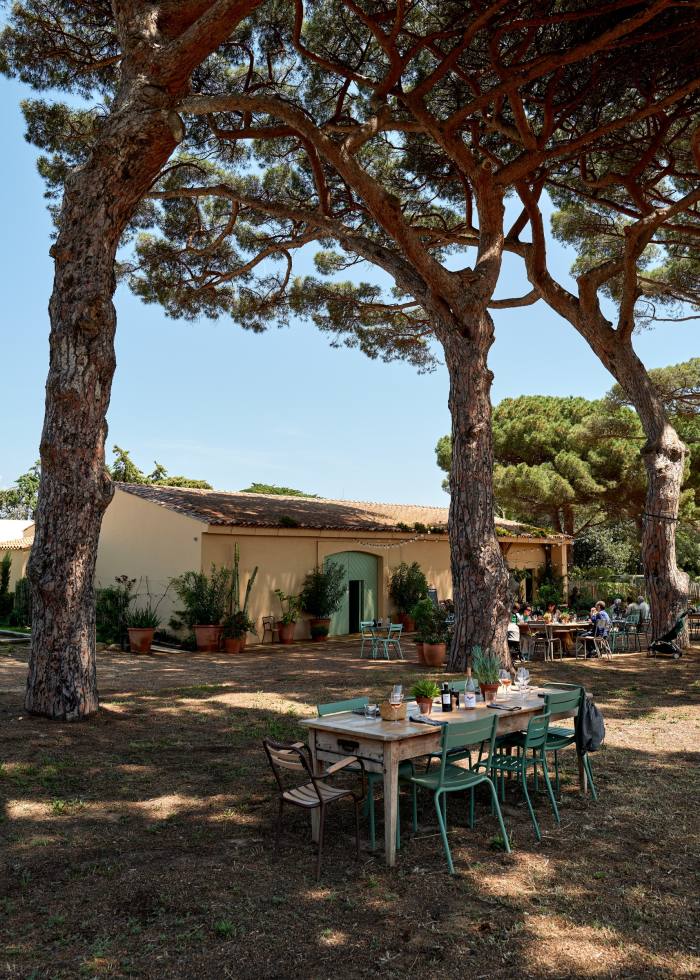
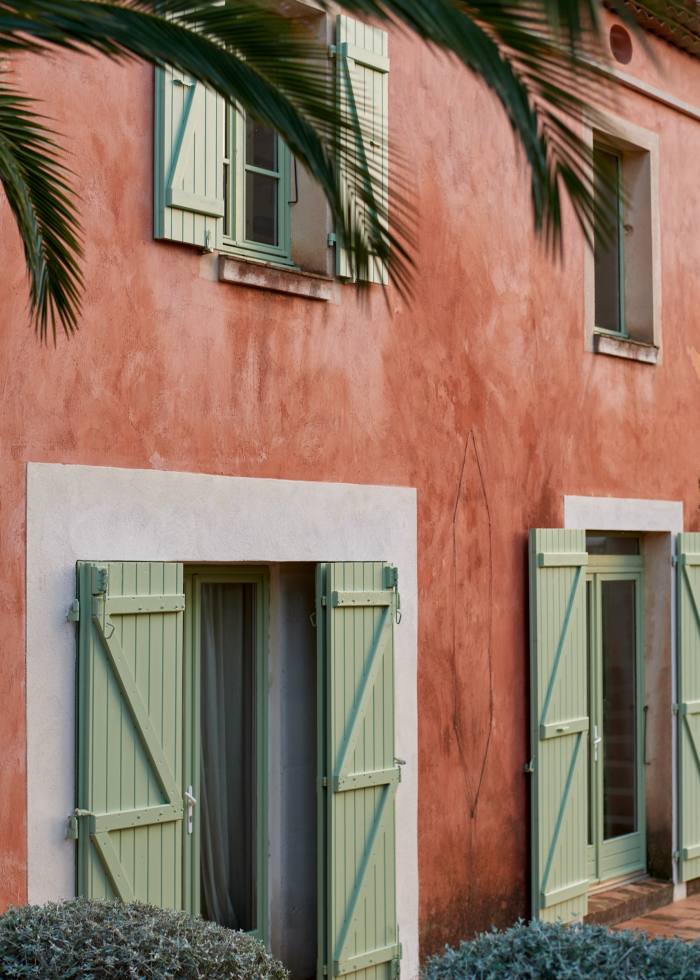
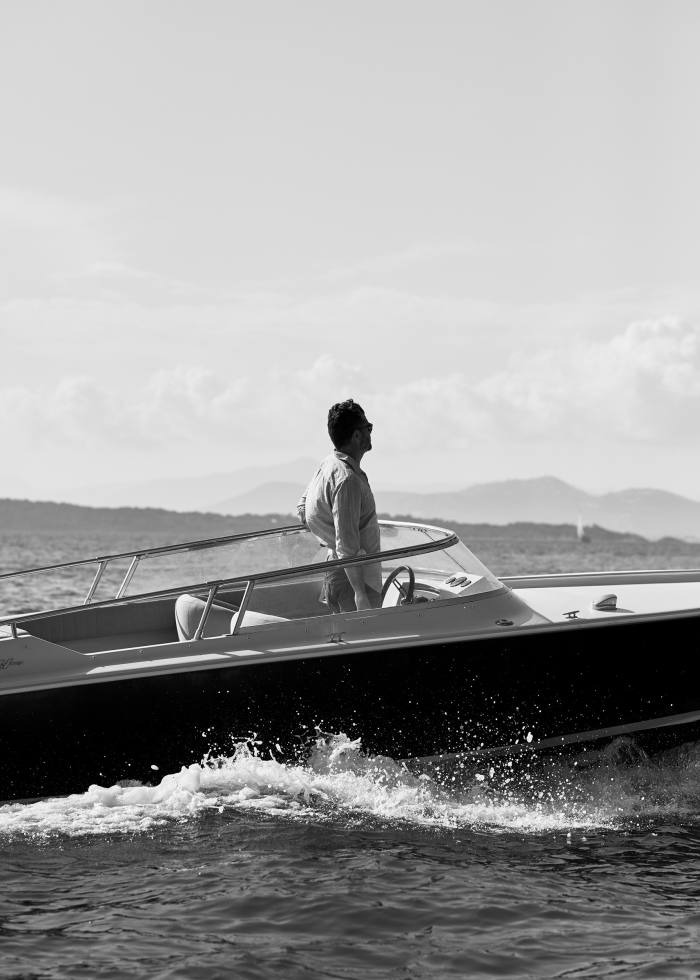
The first day begins with violent storms. Le Mas du Langoustier, a charming, lost-in-time guesthouse all milkshake peach-pinks and watercolour turquoise, vibrates in the thunder. After this lightning overture I wander through the hotel’s gardens, breathing in eucalyptus and mimosa, in the direction of the “magic tree”, a place of blessing for locals, notable for its vast, twisted spine like a Louise Bourgeois spider gone rogue. Nicolas Audebert, manager of the Chanel wine estates here and in Bordeaux, shares the island’s folklore as we zip around on his speedboat. “Legend tells that the four daughters of Prince Olbianus, Lord of Hyères, were unrivalled in their beauty and, as pirates approached whilst they were bathing, their father begged for mercy. Transformed into rock, they became the three islands – the fourth, her arms stretched out toward him, the Giens peninsula…”
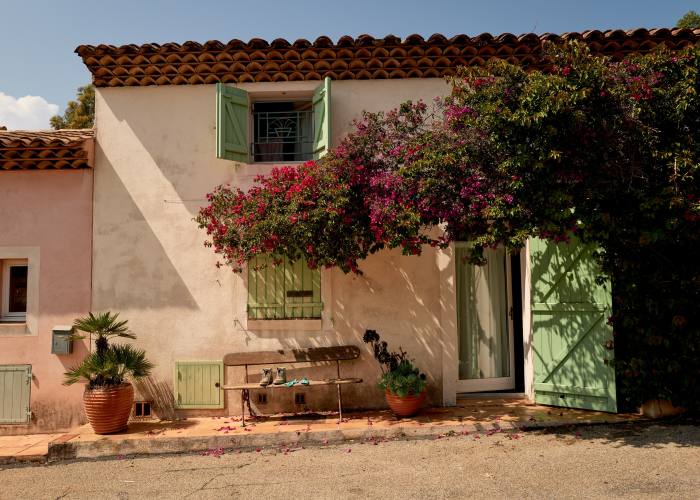
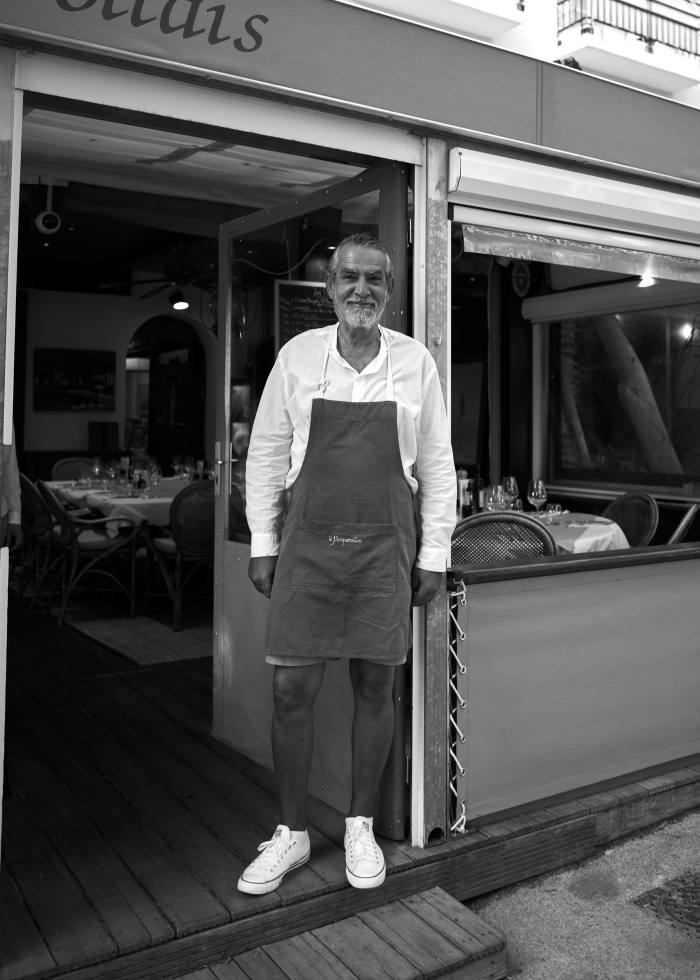
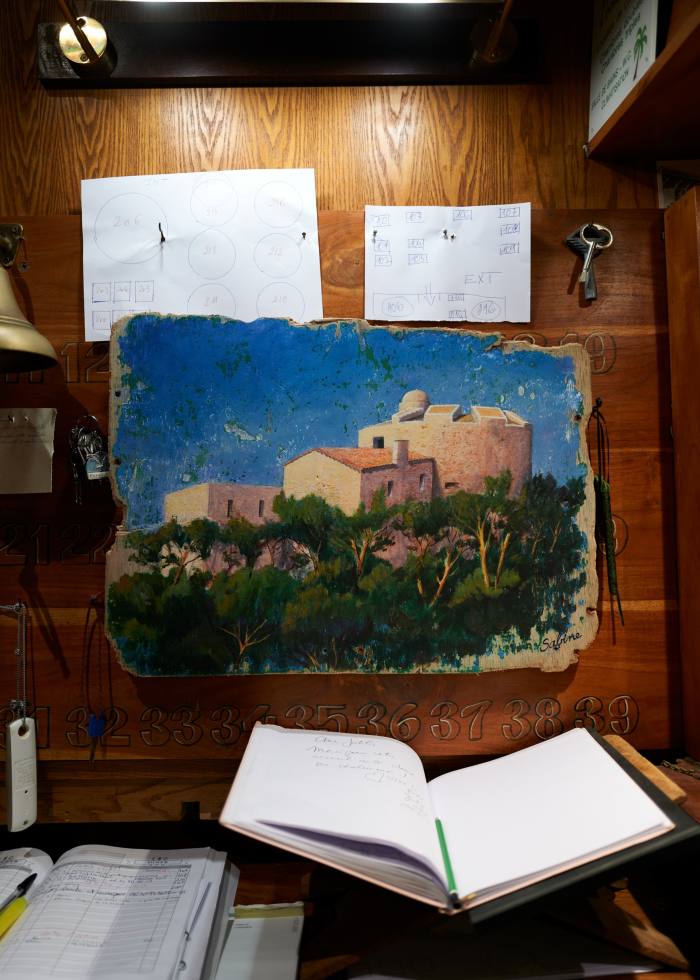
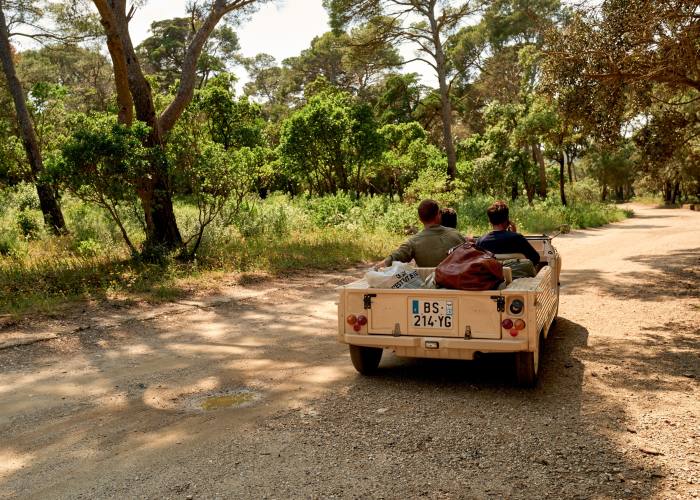
Porquerolles has been described as a “floating forest” – a vast pine-tree parasol shades cliffs and valleys, secret beaches and Place d’Armes, a bustling village square, where locals meet over twilight pétanque as the last boat slips away. It’s a savage and flirtatious landscape, slow to reveal its treasures, a shifting mirage buffeted by salt winds and mellow heat. Pierre Etcheberry, who leads the Domaine de l’Île estate wine project after relocating with his young family, describes it as “both the ultimate opportunity and challenge”. When we meet, he is labouring to protect the vines from potential storm damage, while simultaneously explaining local politics and the subtle note-balancing act of the latest vintage white. He also deals with my request for ice without passing any judgement; Porquerolles is not that kind of place.
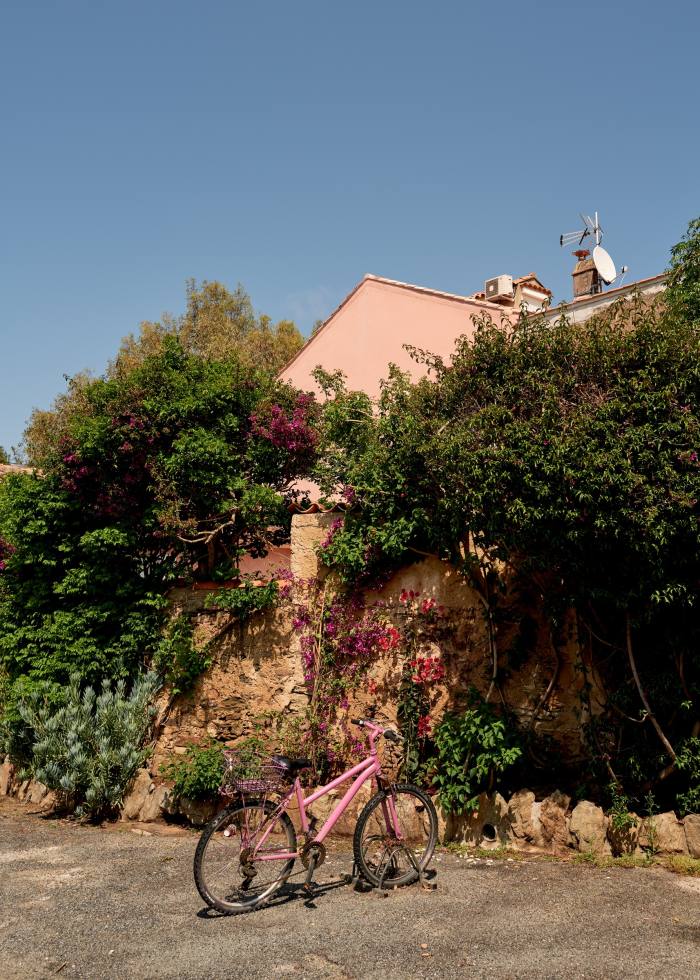
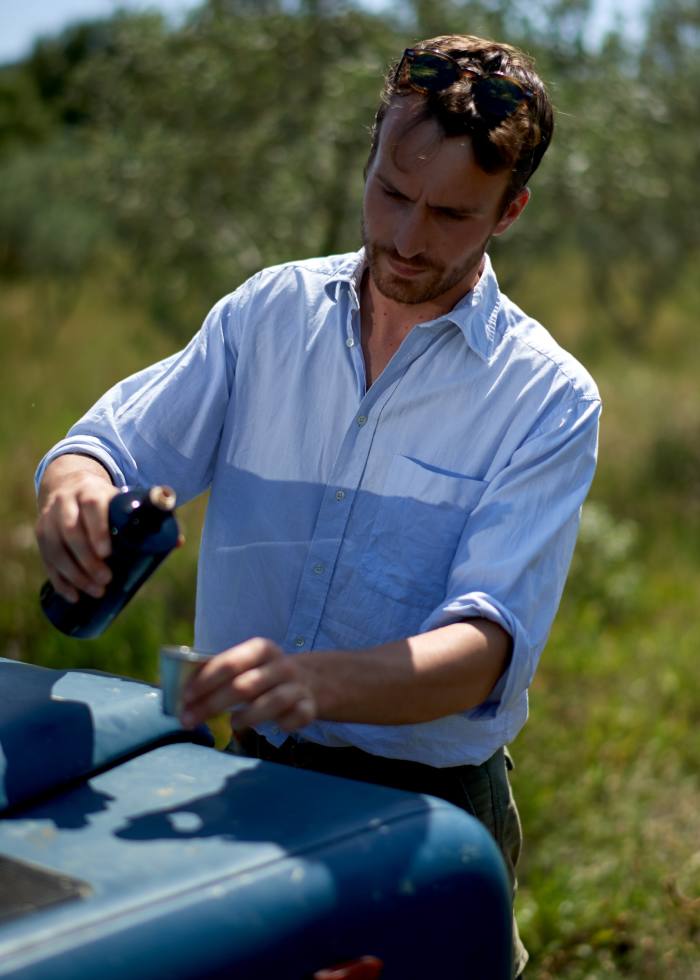
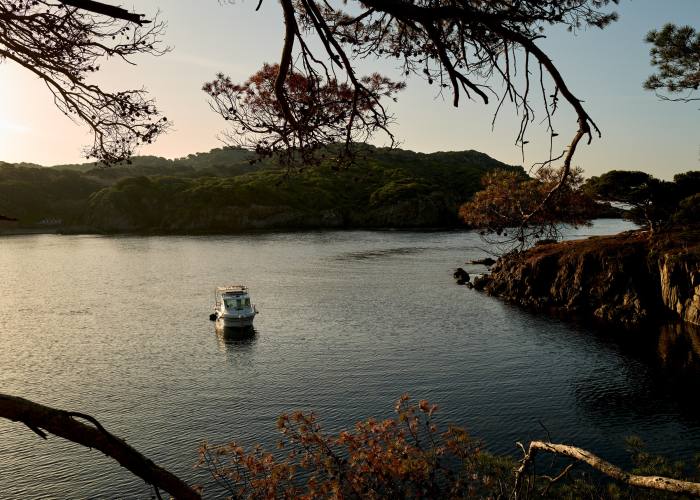
Cars cannot be brought onto the island – most tourists bike or hike – so to explore in a beaten-up Land Rover is a rare luxury that allows us to shuttle from dense shrubbery to the heights of the majestic Fort Sainte Agathe. A detour leads us to Fondation Carmignac, a futuristic subterranean museum and sculpture garden in the heart of the island. It’s surreal to be tiptoeing (shoes obediently removed) between masterpieces – from Basquiat and Frankenthaler to Doig and Rodin. Its current exhibition is The Inner Island – a show inspired by the idea of an island, real and abstract.
Porquerolles is not for the faint-hearted. This is no riviera catwalk or fat-cat parade; agriculture here is more hard graft than romantic poetry. I want to tell you not to go: that the roads are impossible, that you will get lost, that the few hotels are not luxury palaces, that WiFi is wobbly and that you will definitely not get a manicure. But doesn’t that depend on what your idea of luxury is?
Laura Bailey was a guest of the Domaine de l’Île, Porquerolles, domainedelile.com